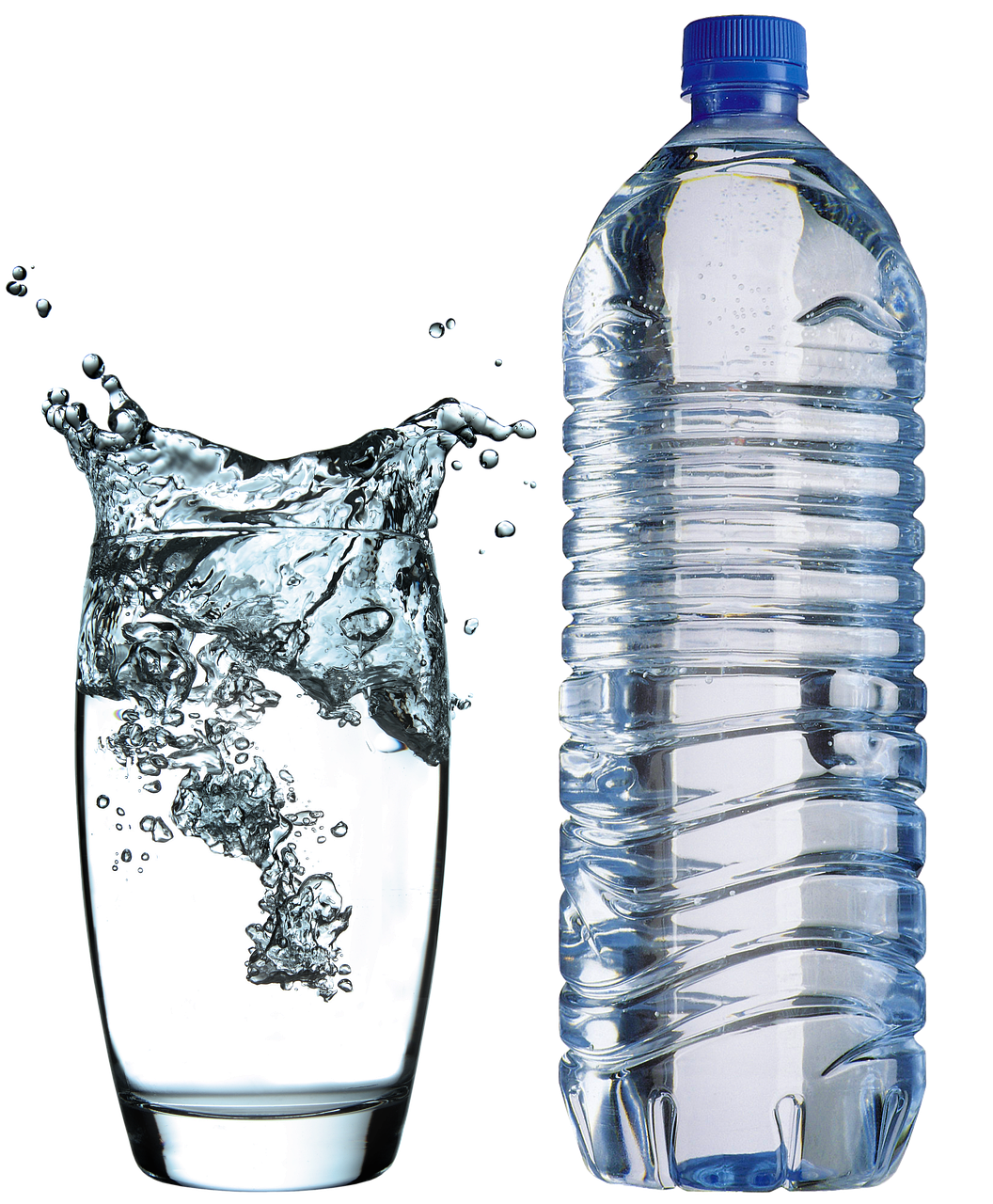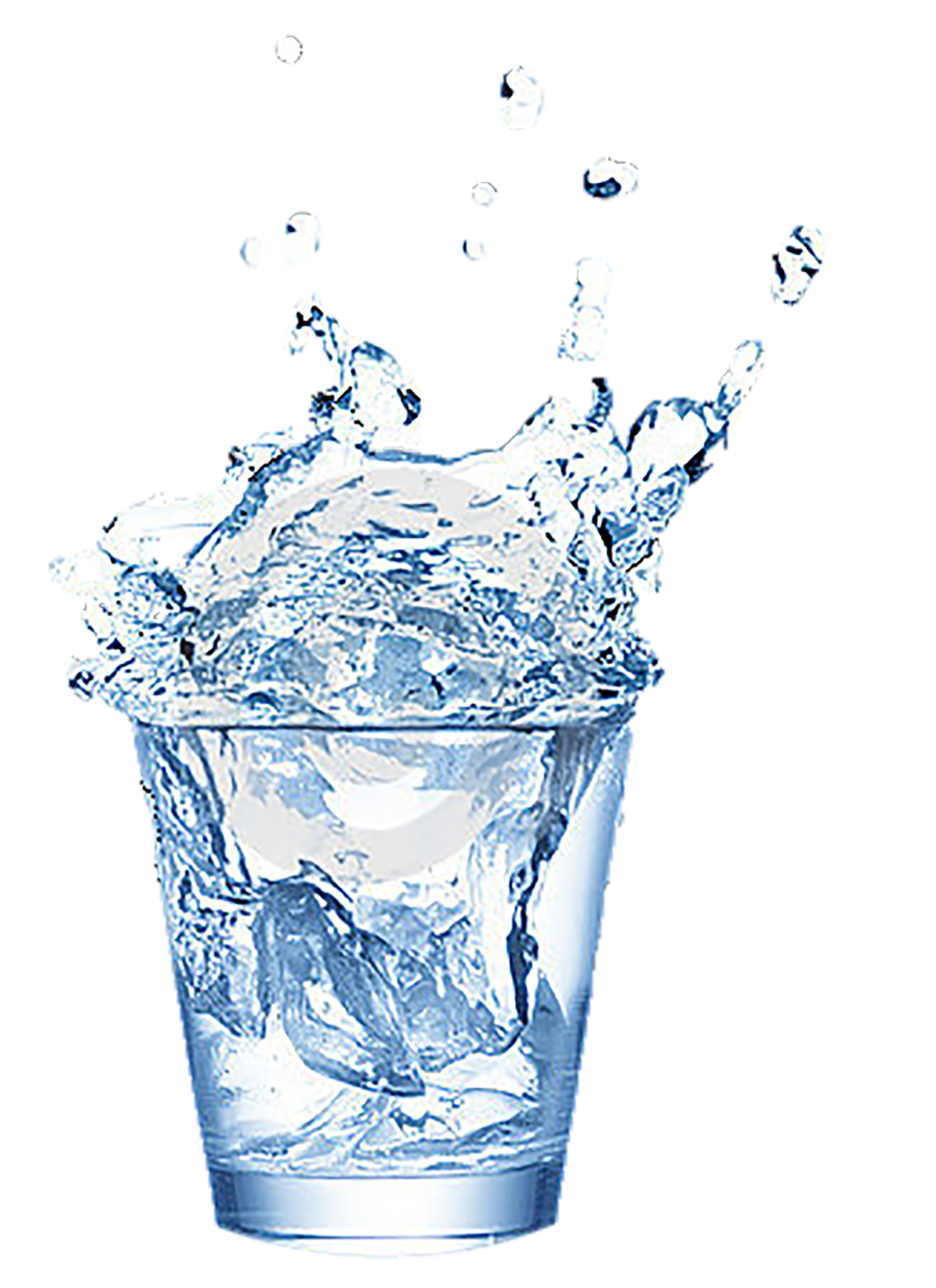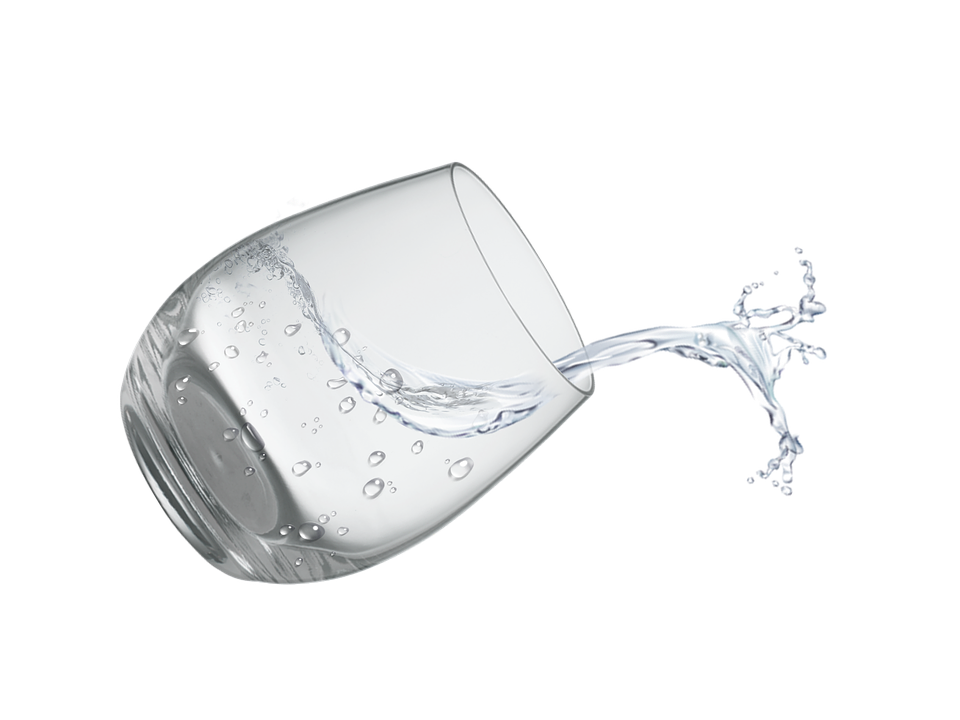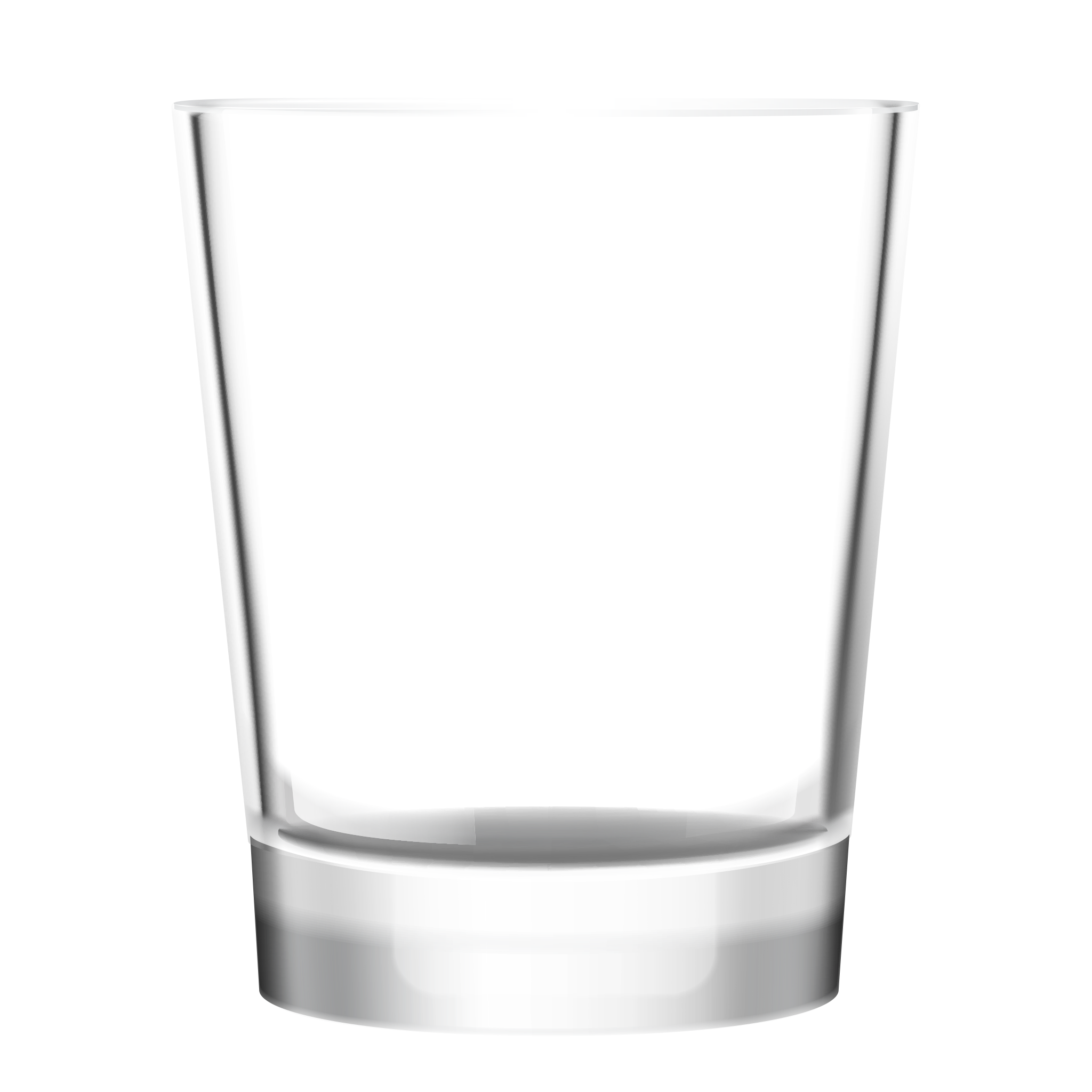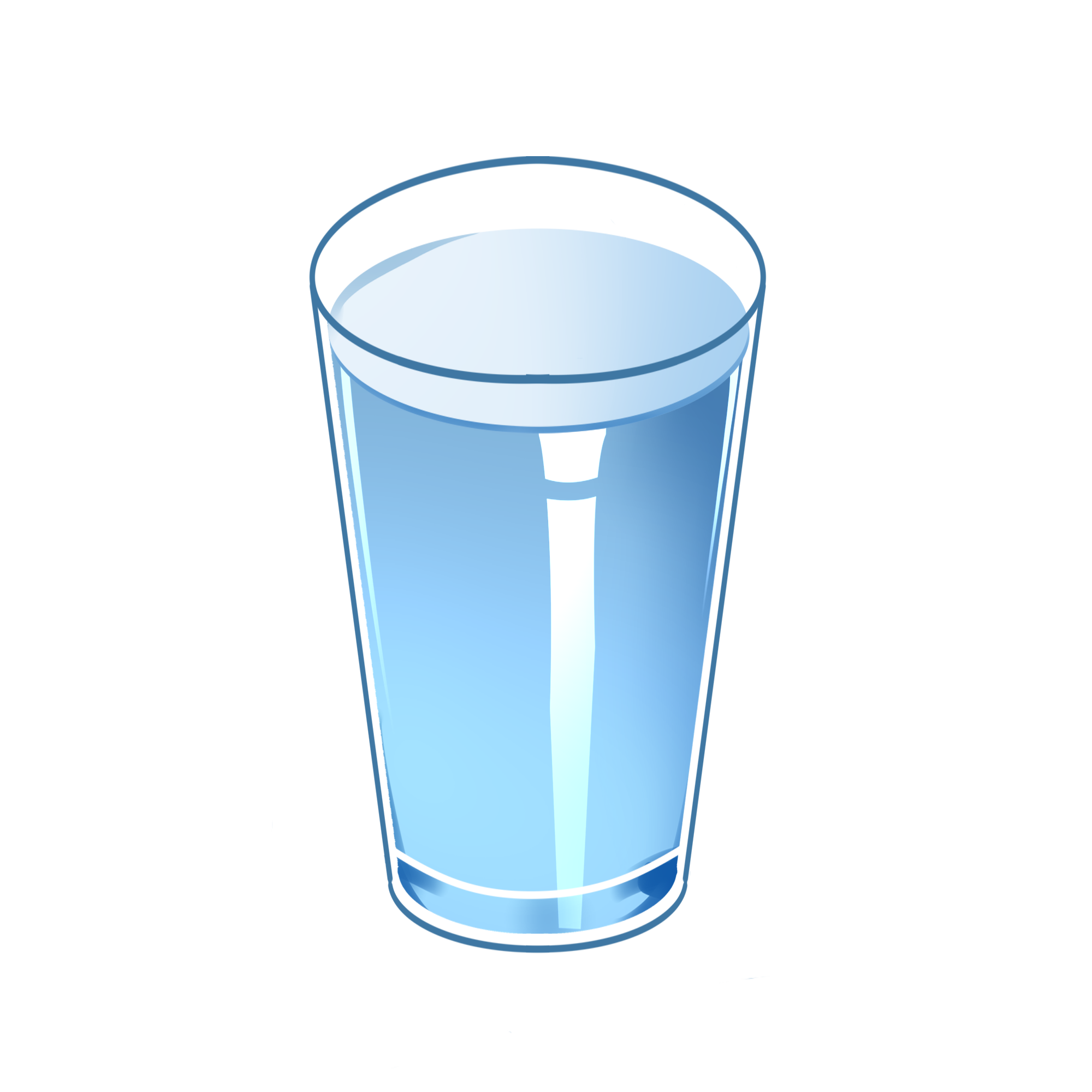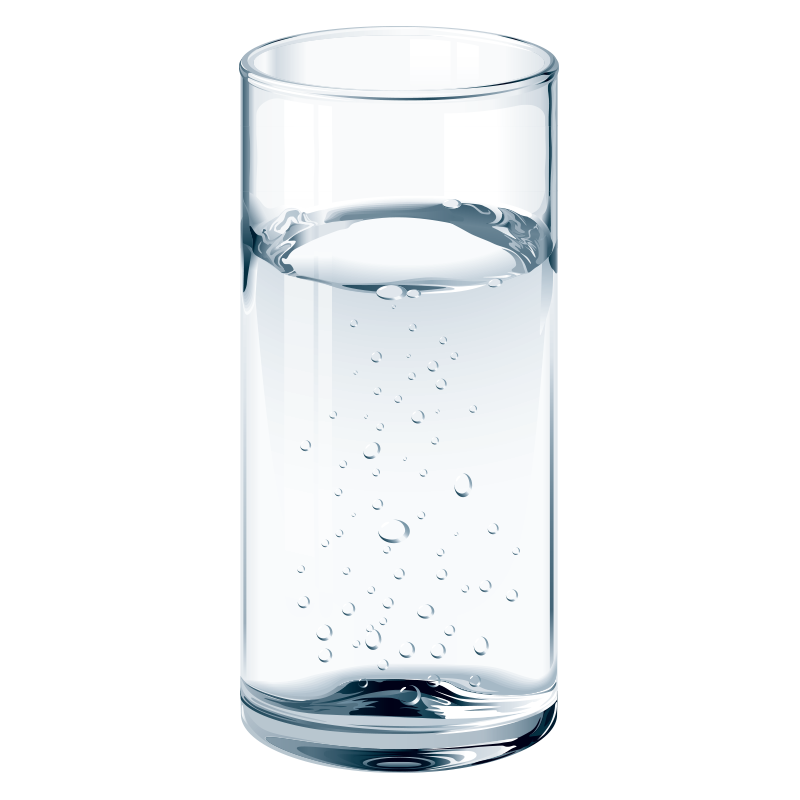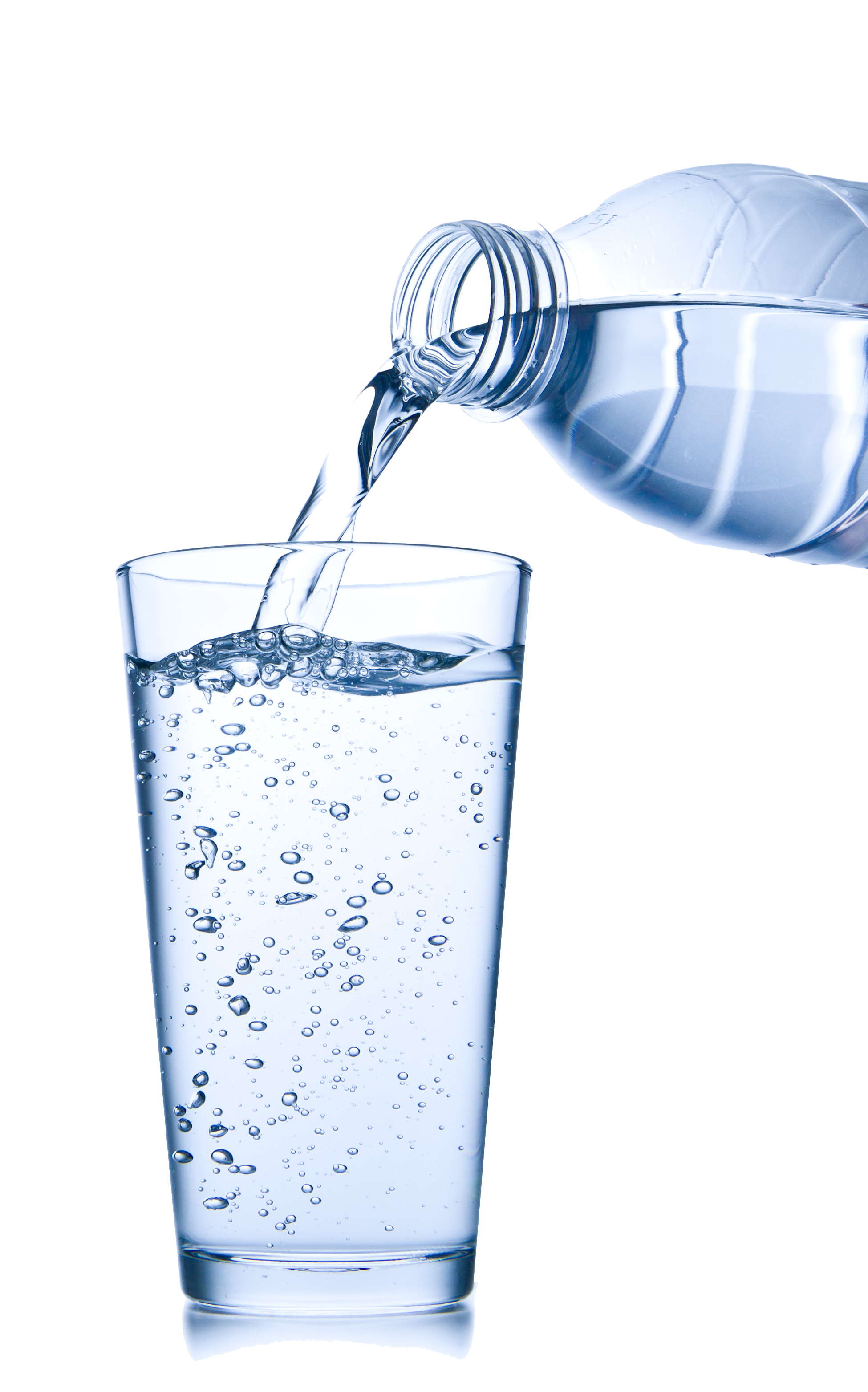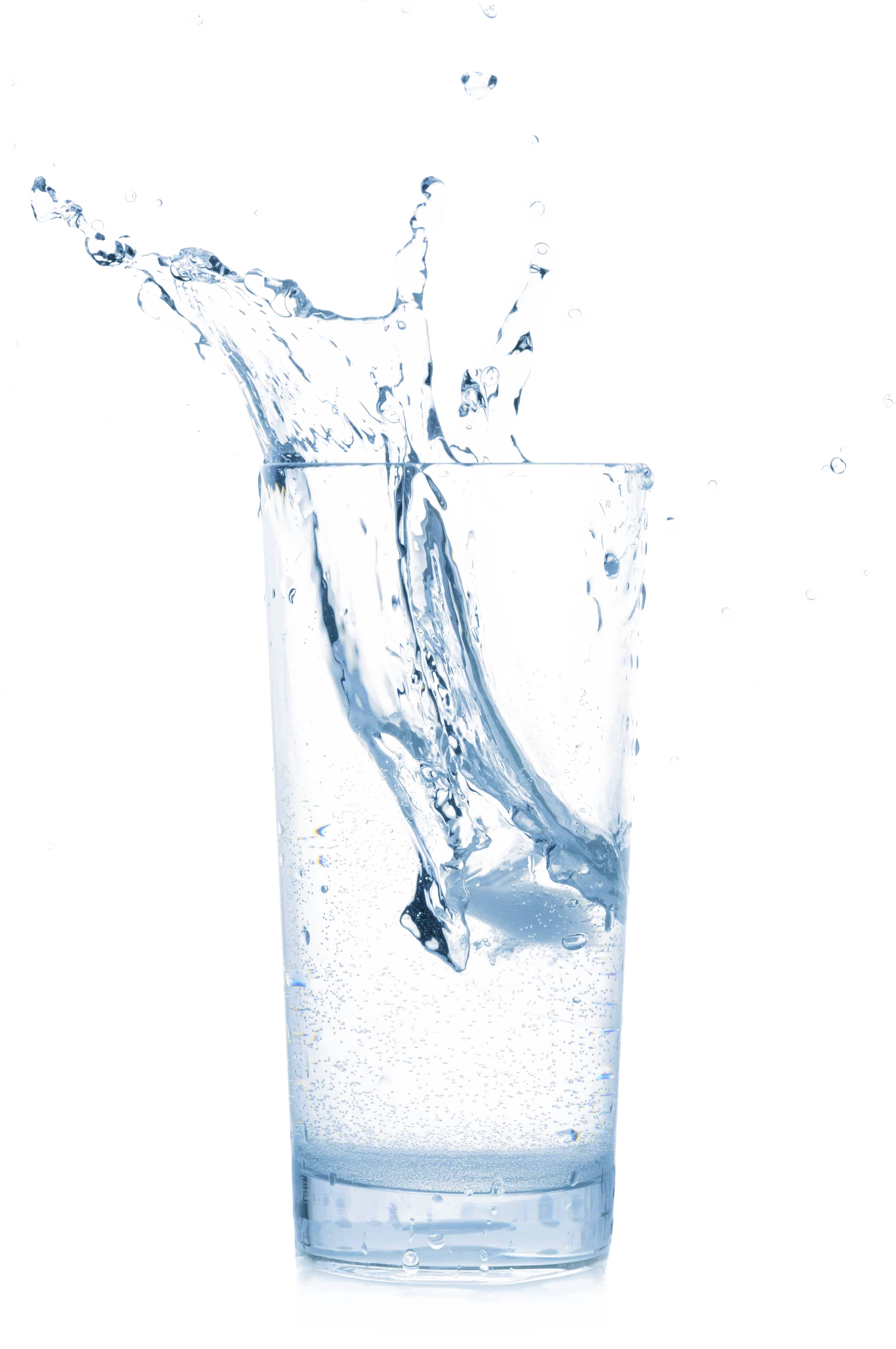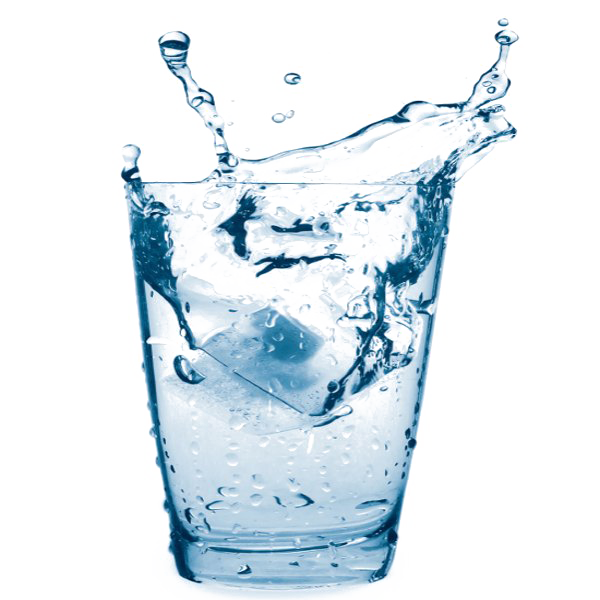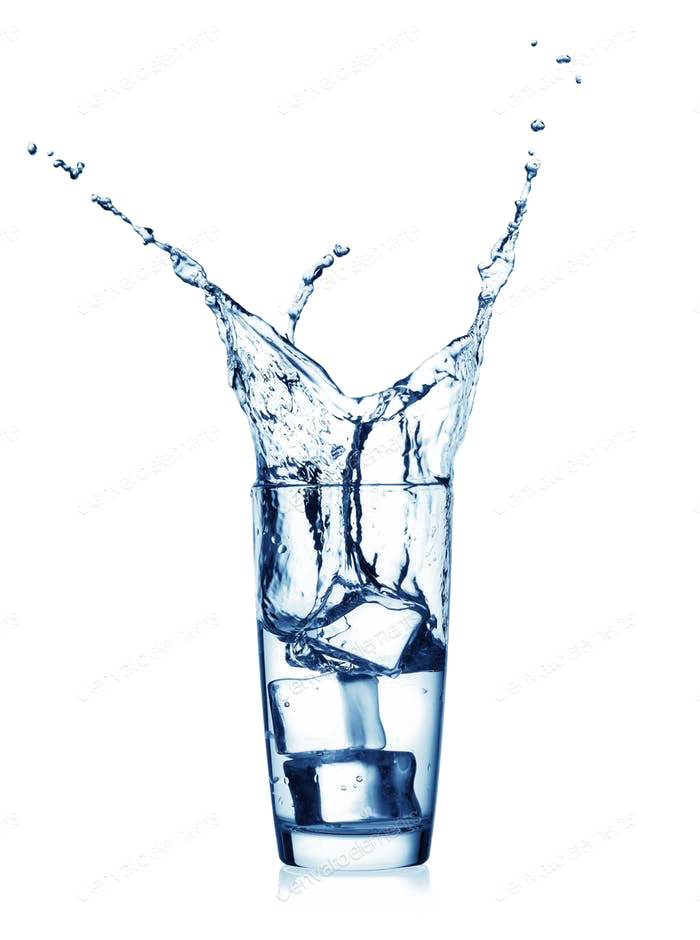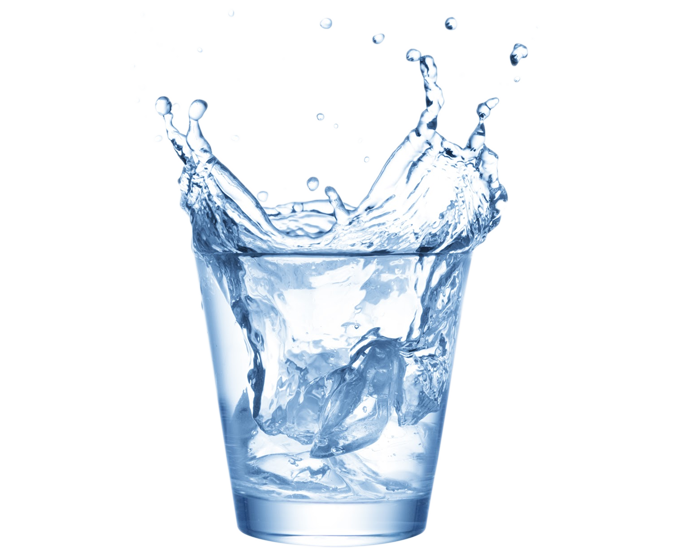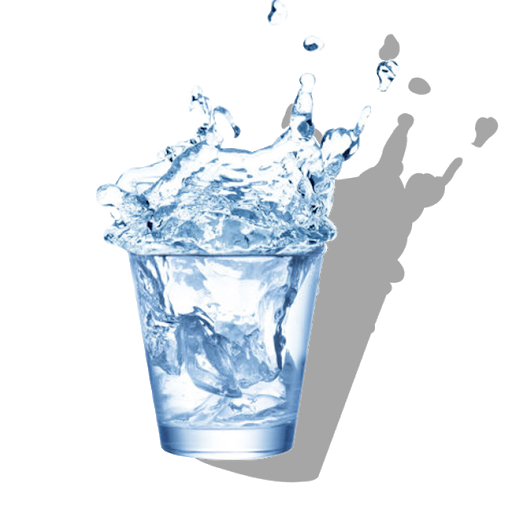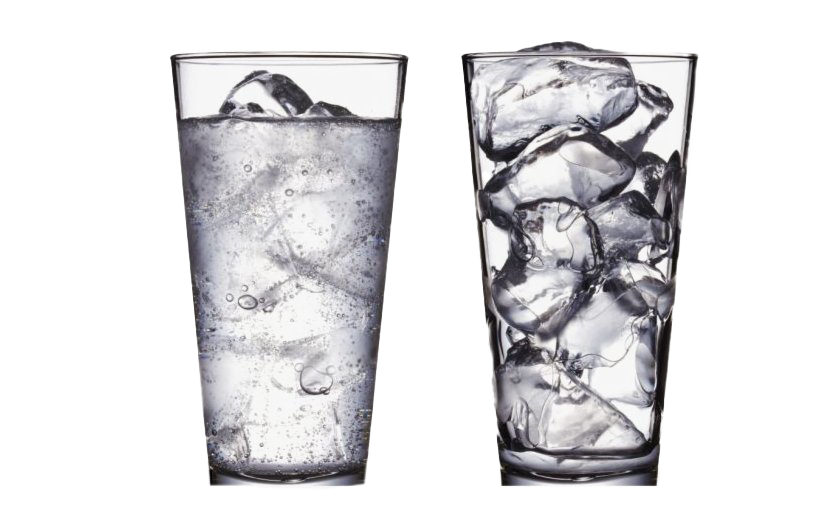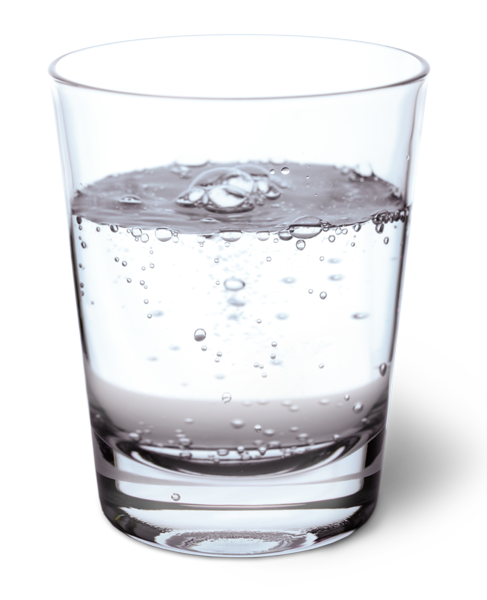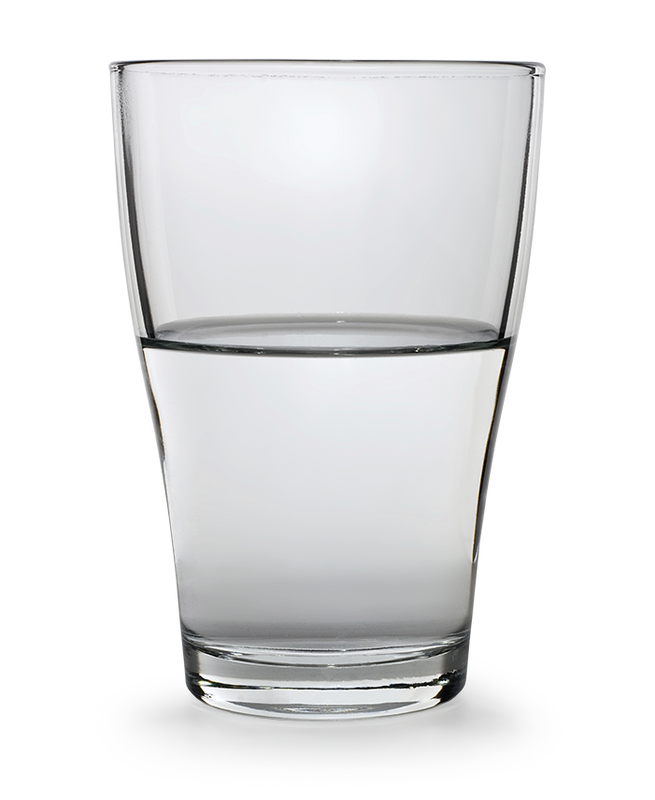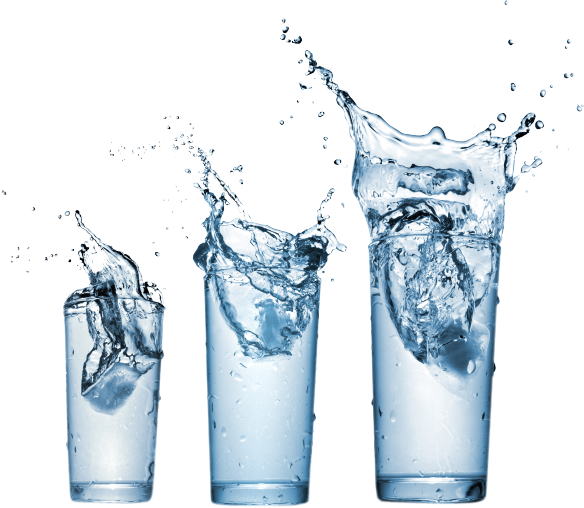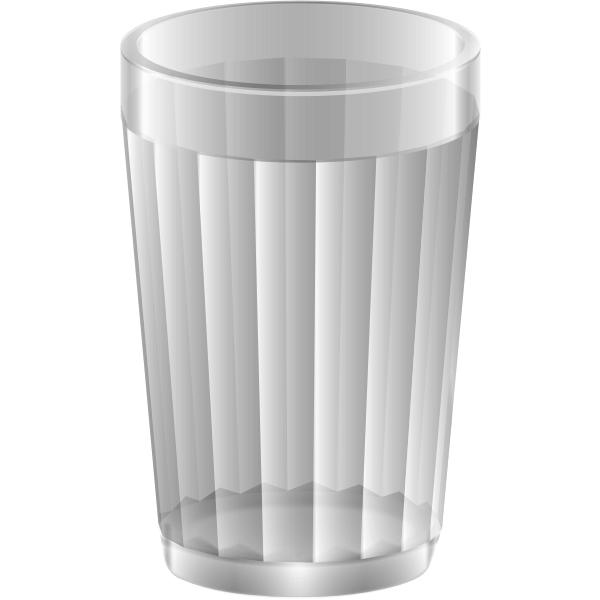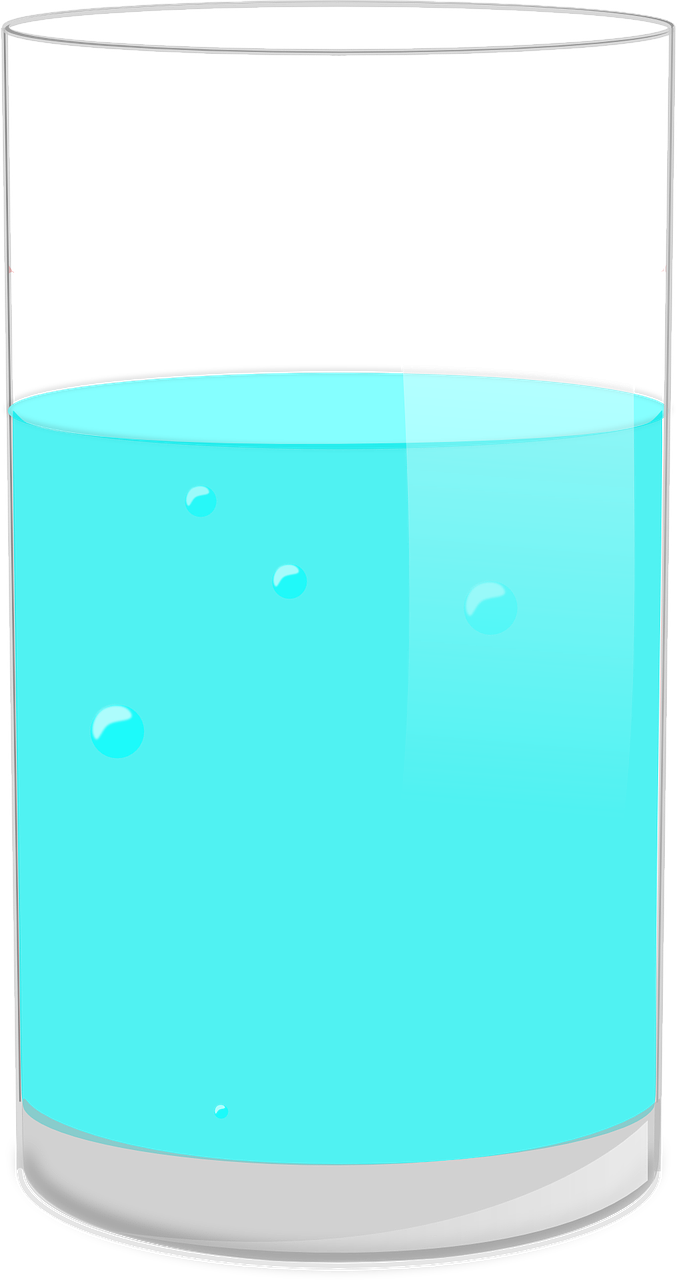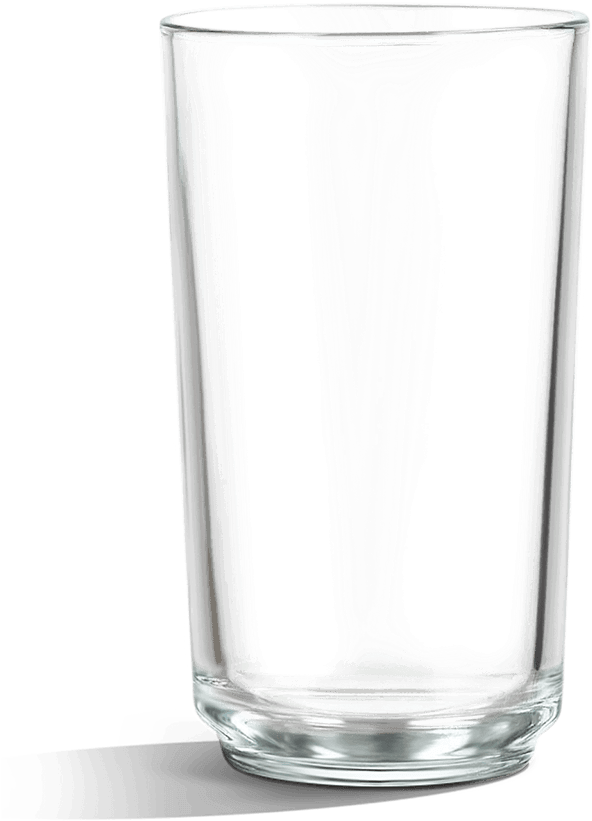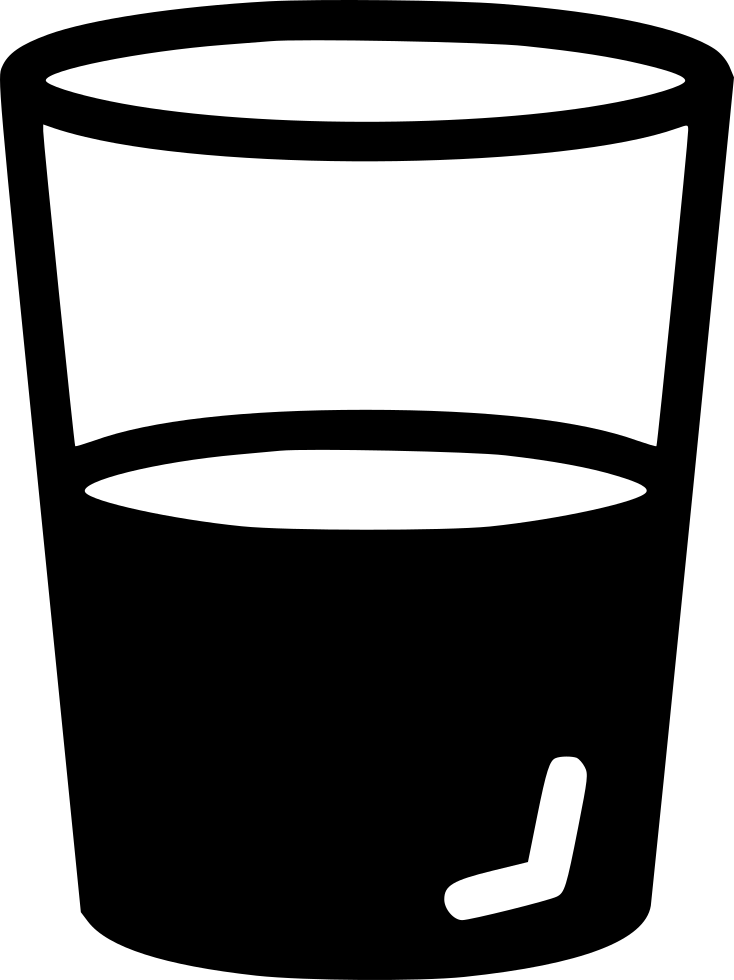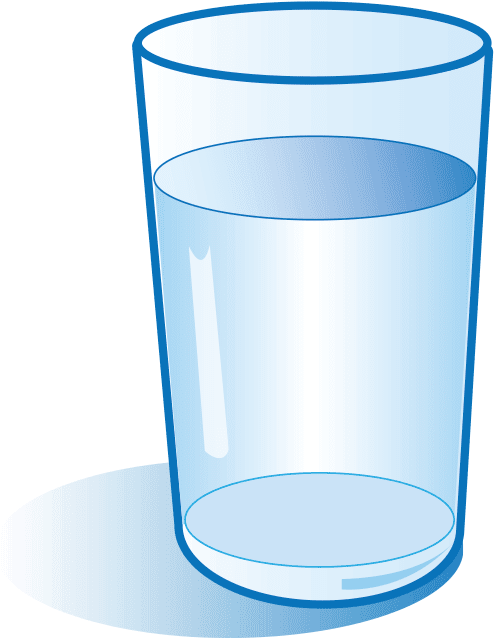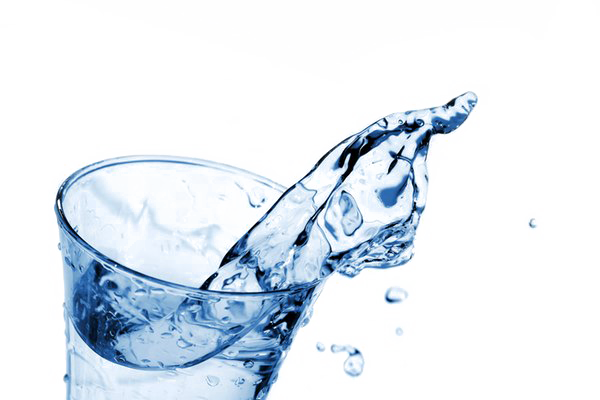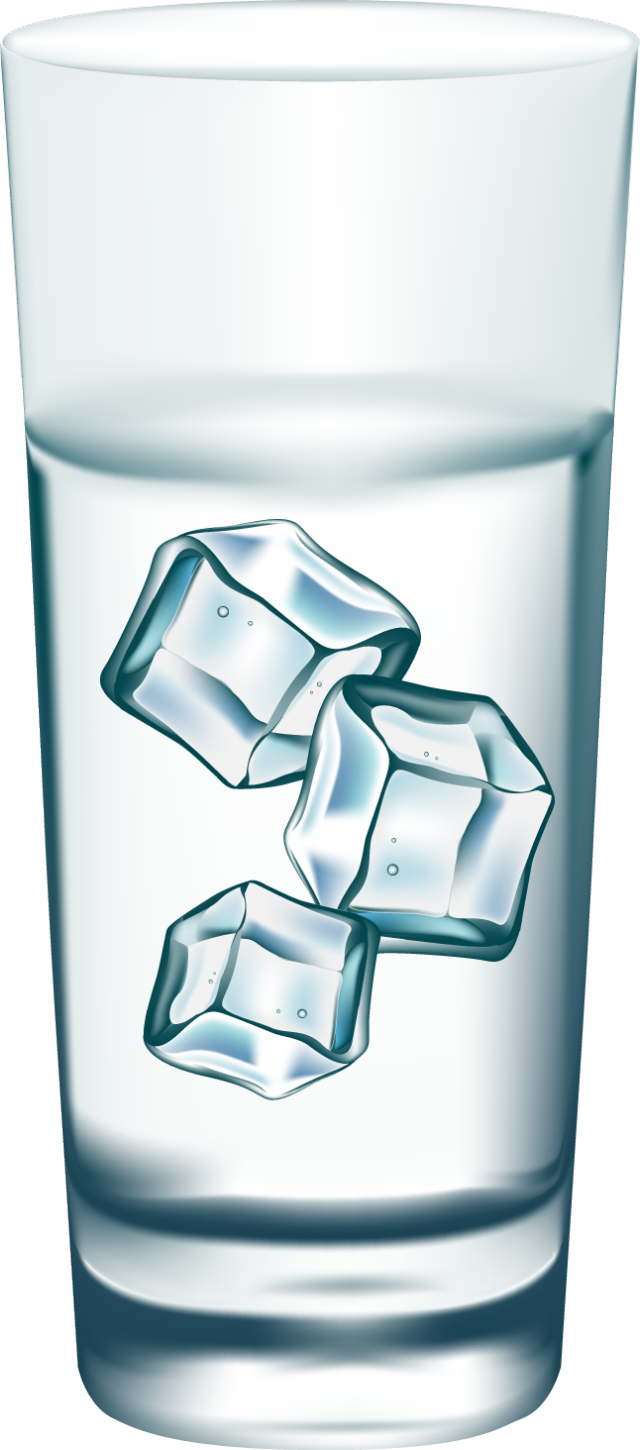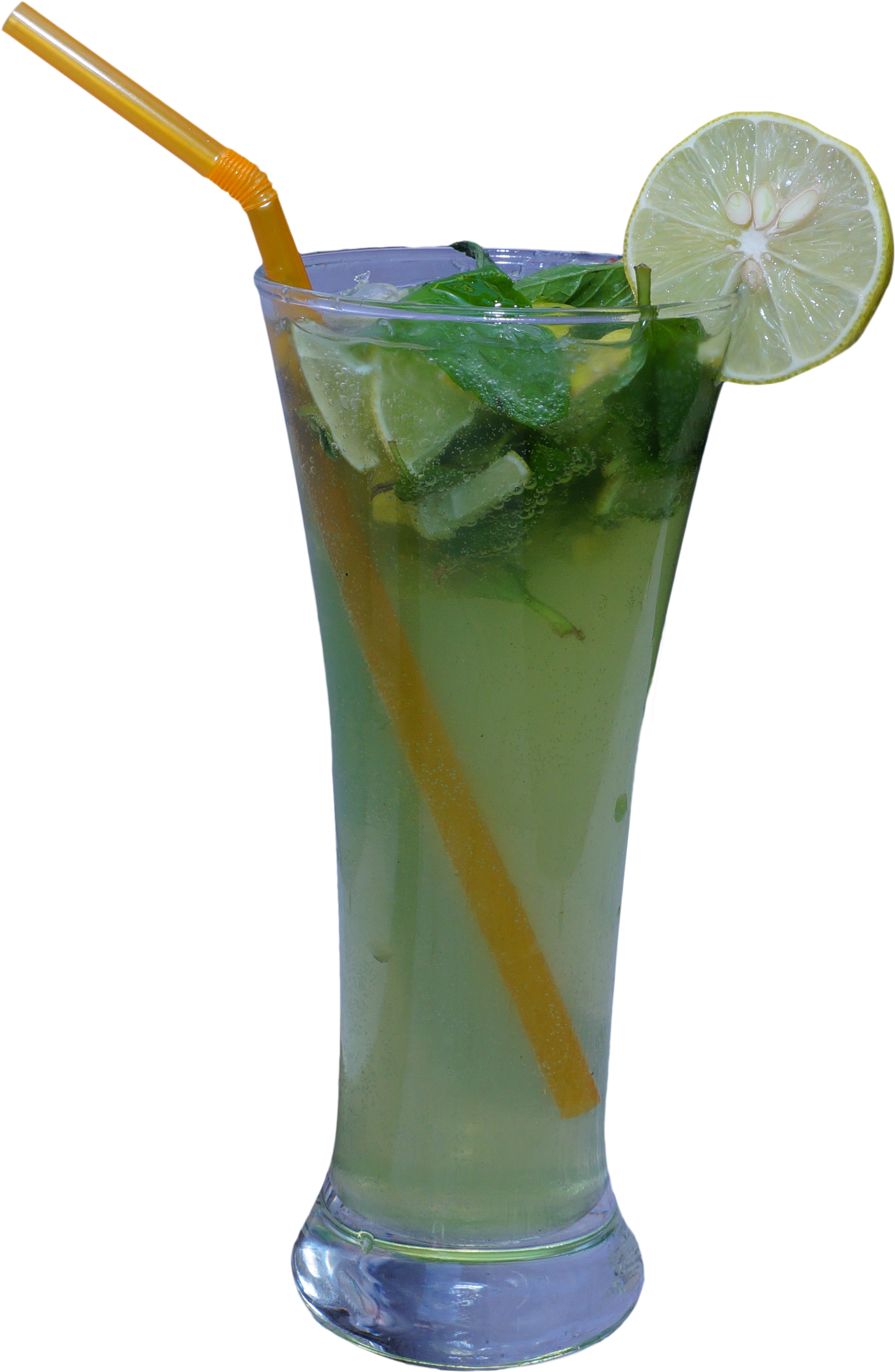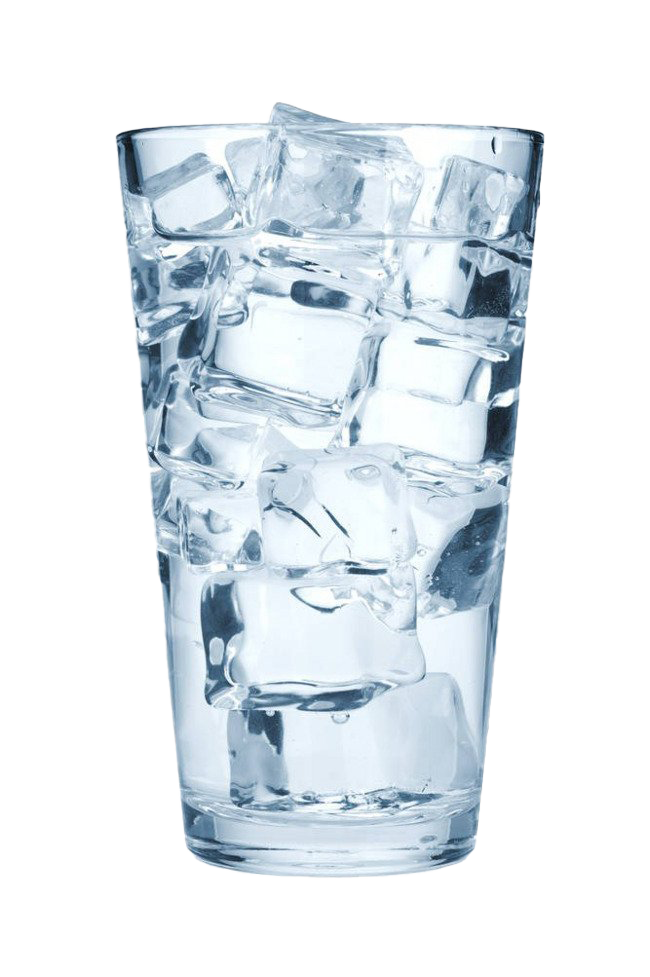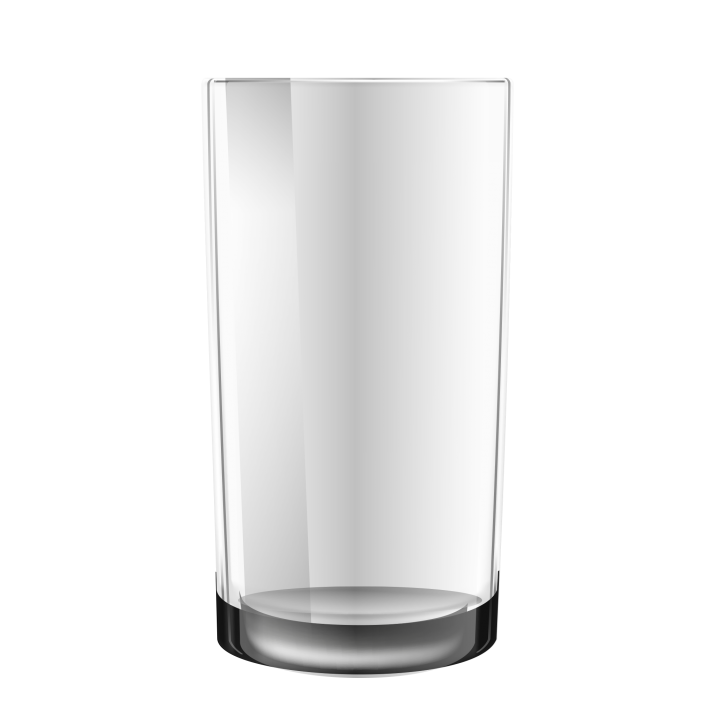Download top and best high-quality free Water Glass PNG Transparent Images backgrounds available in various sizes. To view the full PNG size resolution click on any of the below image thumbnail.
License Info: Creative Commons 4.0 BY-NC
The term “sodium silicate” refers to chemical compounds having the formula Na.
Anions are often polymeric. These substances are usually colorless translucent solids or white powders that are soluble in varying quantities of water.
Sodium silicate is both the technical and popular term for a combination of these compounds, the most common of which is metasilicate, commonly known as waterglass, water glass, or liquid glass. The substance has a wide range of applications, including cement formulation, passive fire protection, textile and timber processing, refractory ceramics manufacturing, adhesives, and silica gel synthesis. Due to the presence of iron-containing impurities, the commercial product, which is available in aqueous solution or solid form, is frequently greenish or blue.
The weight ratio of SiO2 to Na2O distinguishes the various grades of sodium silicate used in industry (which can be converted to molar ratio by multiplication with 1.032). The ratio can range from 1:2 to 3.75:1. Alkaline grades have a ratio of less than 2.85:1. Neutral is defined as having a greater SiO2:Na2O ratio.
Alkali metal soluble silicates (sodium or potassium) were discovered by European alchemists in the 1500s. Tartari salis (cream of tartar, potassium hydrogen tartrate) allowed powdered crystallum (quartz) to melt at a lower temperature, according to Giambattista della Porta in 1567. Basil Valentine in 1520 and Agricola in 1550 both made possible early allusions to alkali silicates. Around 1640, Jean Baptist van Helmont described alkali silicates as a liquid material formed by melting sand with sufficient alkali, and noted that the silica could be quantitatively precipitated by adding acid to the solution.
Glauber created liquid silicum (potassium silicate) in 1646 by melting potassium carbonate (obtained by calcining cream of tartar) and sand in a crucible and holding it molten until it stopped bubbling (due to the release of carbon dioxide). After allowing the mixture to cool, it was milled into a fine powder. When the powder was exposed to wet air, it transformed into a viscous liquid dubbed “Oleum oder Liquor Silicum, Arenae, vel Crystallorum” by Glauber (i.e., oil or solution of silica, sand or quartz crystal).
Later, it was stated that the substances manufactured by the alchemists were not waterglass in the modern sense. That would have been made in 1818 by Johann Nepomuk von Fuchs, who treated silicic acid with an alkali, resulting in a solution that was soluble in water and “unaffected by atmospheric variations.”
Leopold Wolff coined the words “water glass” and “soluble glass” in 1846, Émile Kopp in 1857, and Hermann Krätzer in 1887.
Rudolf Von Wagner classified four varieties of water glass in 1892: soda, potash, double (soda and potash), and fixing (i.e., stabilizing). “A combination of silica well saturated with potash water glass and a sodium silicate,” according to the fixing type, was employed to stable inorganic water color pigments on cement work for outdoor signage and murals.
Download Water Glass PNG images transparent gallery
- Water Glass PNG Image HD
Resolution: 1056 × 1280
Size: 1741 KB
Image Format: .png
Download
- Water Glass No Background
Resolution: 981 × 1350
Size: 1032 KB
Image Format: .png
Download
- Water Glass Pouring
Resolution: 960 × 720
Size: 273 KB
Image Format: .png
Download
- Water Glass PNG Images HD
Resolution: 2048 × 2048
Size: 552 KB
Image Format: .png
Download
- Water Glass PNG Free Image
Resolution: 2000 × 2000
Size: 312 KB
Image Format: .png
Download
- Water Glass PNG Image File
Resolution: 800 × 800
Size: 110 KB
Image Format: .png
Download
- Water Glass Full
Resolution: 1950 × 3127
Size: 2860 KB
Image Format: .png
Download
- Water Glass Full PNG
Resolution: 2753 × 4145
Size: 2967 KB
Image Format: .png
Download
- Water Glass Full PNG Pic
Resolution: 600 × 600
Size: 327 KB
Image Format: .png
Download
- Water Glass Full PNG File
Resolution: 700 × 940
Size: 392 KB
Image Format: .png
Download
- Water Glass Full PNG Image
Resolution: 690 × 556
Size: 558 KB
Image Format: .png
Download
- Water Glass Full PNG Photo
Resolution: 512 × 512
Size: 169 KB
Image Format: .png
Download
- Water Glass Full PNG Cutout
Resolution: 820 × 526
Size: 302 KB
Image Format: .png
Download
- Water Glass Full PNG Images
Resolution: 487 × 600
Size: 332 KB
Image Format: .png
Download
- Water Glass Full PNG Photos
Resolution: 655 × 800
Size: 347 KB
Image Format: .png
Download
- Water Glass
Resolution: 584 × 508
Size: 264 KB
Image Format: .png
Download
- Water Glass PNG
Resolution: 600 × 600
Size: 55 KB
Image Format: .png
Download
- Water Glass PNG Pic
Resolution: 677 × 1280
Size: 156 KB
Image Format: .png
Download
- Water Glass PNG File
Resolution: 592 × 821
Size: 146 KB
Image Format: .png
Download
- Water Glass PNG Image
Resolution: 734 × 980
Size: 38 KB
Image Format: .png
Download
- Water Glass PNG Photo
Resolution: 494 × 638
Size: 41 KB
Image Format: .png
Download
- Water Glass PNG Cutout
Resolution: 600 × 400
Size: 202 KB
Image Format: .png
Download
- Water Glass PNG Images
Resolution: 512 × 512
Size: 21 KB
Image Format: .png
Download
- Water Glass PNG Photos
Resolution: 1179 × 934
Size: 23 KB
Image Format: .png
Download
- Water Glass Transparent
Resolution: 640 × 1450
Size: 399 KB
Image Format: .png
Download
- Water Glass PNG Clipart
Resolution: 1979 × 3033
Size: 3489 KB
Image Format: .png
Download
- Water Glass PNG Picture
Resolution: 650 × 977
Size: 455 KB
Image Format: .png
Download
- Water Glass PNG HD Image
Resolution: 715 × 715
Size: 72 KB
Image Format: .png
Download
